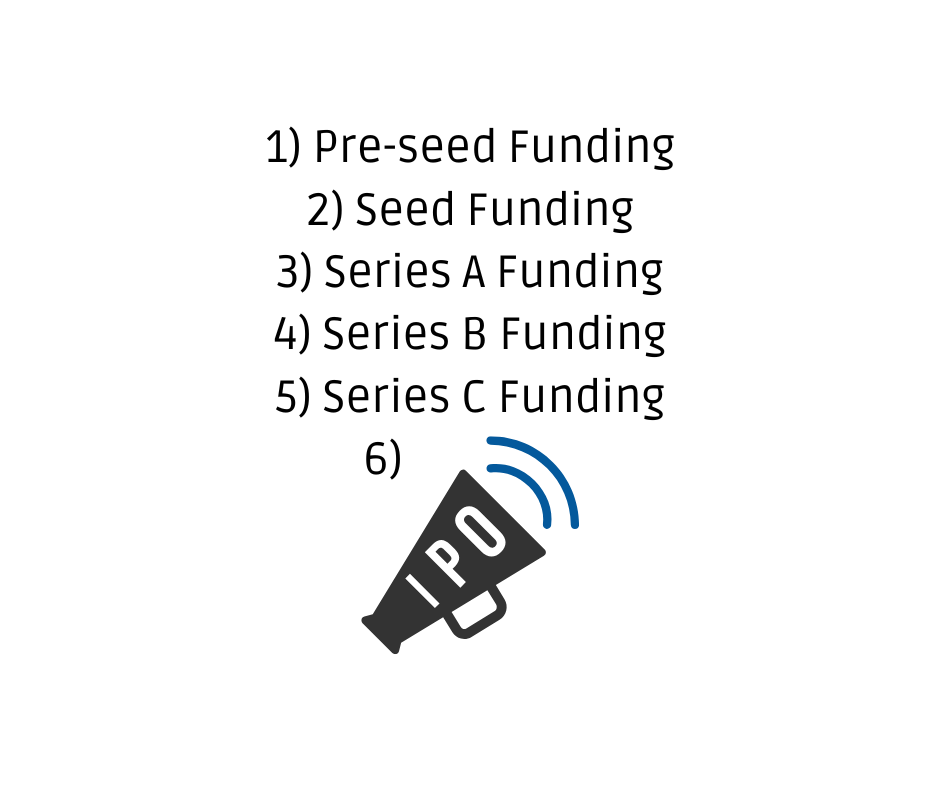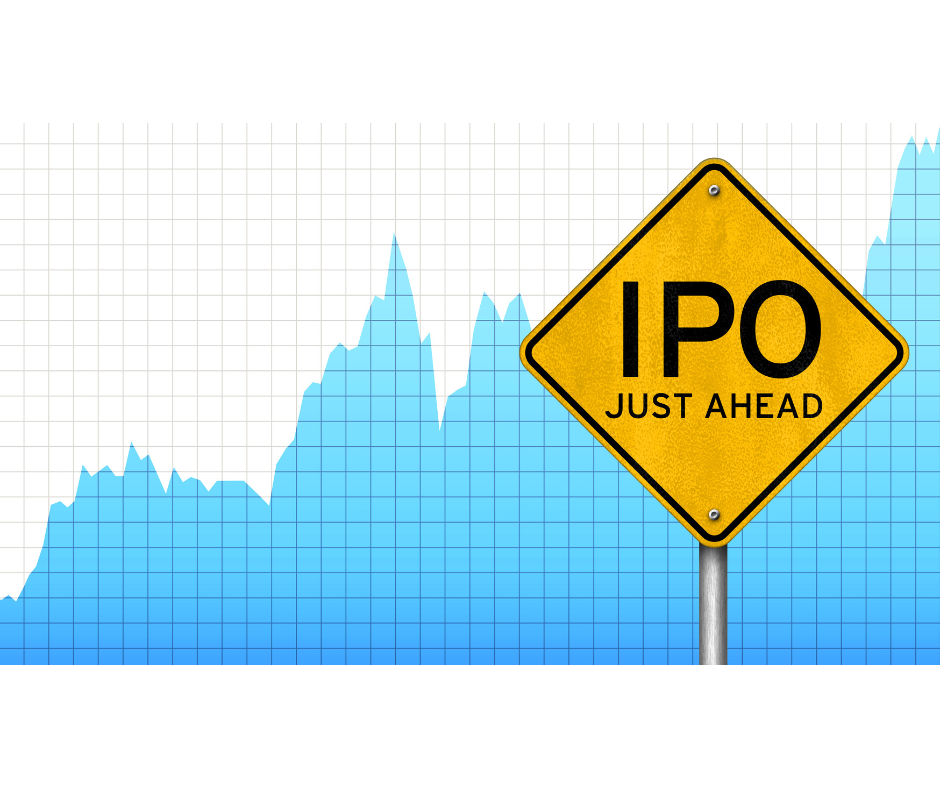Have you ever wondered how the companies we all know came to be? They all had to start somewhere, most of the time with the help of external investors. If you’re anything like me, the concept of a company before reaching the stock market may perplex you. What determines which companies enter the stock market, and how do they get there?
We’ll start with the basics of all the steps it takes to get to what a lot of people would consider the ‘big leagues’ in terms of company legitimacy, which is known as an initial public offering (IPO), or the point at which a company opens their equity to the public on the stock market platform. To preface, this isn’t the case for a lot of companies today as many companies nowadays are able to garner enough funding to completely avoid ever having to deal with the hassles of a public market, so this isn’t a general route for all startups.
According to Chris Tweten from Spacebar Collective, there are five stages before an IPO: pre-seed funding, seed funding, Series A funding, Series B funding, and Series C funding.
Pre-seed stage is essentially when the idea has nothing tangible, merely a solid idea with ambition. With these funds, Tweten notes that the startup can work toward the essentials like hiring a team and developing a minimum viable product (MVP). The MVP is the bare-bones product with just enough features to validate the idea and attract prospective customers. This is the stage that is primarily funded by equity offerings which we touched on in an earlier article, “How Startups Can Survive Recession,” if you need a better idea of the concept.
After pre-seed funding, comes the seed funding stage which ranges drastically in terms of money brought in, with Tweten mentioning anywhere between a few thousand to millions of dollars. In this stage, the wheels really start turning as the startups achieves enough funding to start operations and develop their product, including creating partnerships if deemed beneficial or sensible.
Next arrives Series A funding. Tweten establishes that in this stage, “investors [usually venture capitalists] seek evidence that the business will be successful and generate healthy returns on investment.” With that intention, as we’ve mentioned about venture capitalists in an earlier article, they generally have a larger say in the decisions of a startup as that is their primary livelihood. Tweten outlines that this involvement may include assistance ranging from mentors, advisors, and industry contacts. This could be considered the point at which the startup’s livelihood begins to be taken most seriously as investor stake becomes more ingrained.
In the following stage, Series B funding, there isn’t much difference from Series A except for investment size. Tweten mentions that this stage usually has a higher investment amount than all previous stages, allowing for business expansion and increased revenue, which can even include developing additional products and services.
Finally comes the Series C funding stage. Again, not really different in any regard except for sheer investment values with Tweten mentioning that this round can bring in up to 100 million dollars! The ambition remains that the investors may achieve higher returns with higher investment. With this being said, viability at this stage is no longer a question, rather, how well the startup will succeed is the primary concern (if you could even call it that). The startup at this stage is more than established, more so expanding.
Once all previous five stages are fulfilled, the startup has reached the start of a new beginning: the initial public offering. For reference, it took Google six years to get to this stage. This stage is not for the fragile as Tweten emphasizes that in order for an IPO to be successful, startups need to: “demonstrate their potential for future growth and profitability, have a proven track record of success, have a large customer base, and generate sufficient revenue.” That being said, an IPO can fail if the stock prices of the company do not match its valuation. This is because the relationship is direct: to determine the opening price per share of an IPO you simply take the company’s estimated valuation divided by the total number of shares being offered. The company says to the public: ‘we think our company is worth this much for this amount of equity we are giving you.’
If the IPO price is too high, hence the company’s overall valuation is too exaggerated, the buyer demand will not be high, the stock will lose momentum, and the price will tank. If everyone wants a piece of the pie, and they see a strong future for the company, buyer demand will drive the stock price up or at least maintain the IPO price. To reference Google once more, the price of their stock on their first day on the stock market jumped eighteen percent; people had confidence that the company would succeed enough for them to see a return on investment, so they bought in. It takes a lot for a company to reach the IPO stage, but the capital raised in an IPO can be a massive cash infusion that supports a company in its growth endeavors. At least now you’ve got an explanation of why many of your favorite companies aren’t on the stock market (even derivatively). Perhaps they just haven’t reached that stage yet, or perhaps they didn’t intend to ever. Next week, we will dive into the trends of IPOs and why many companies are choosing not to go this route.





